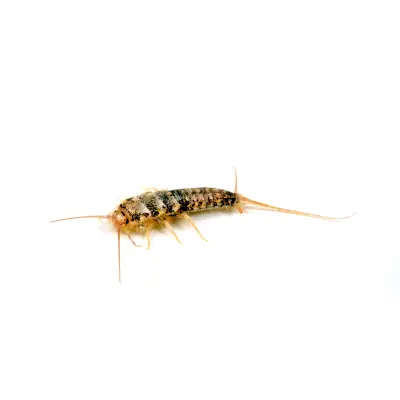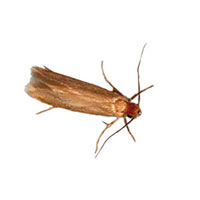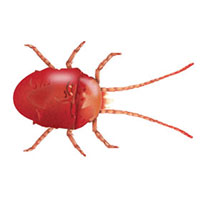Firebrat in Wisconsin
Firebrats are common across Wisconsin, especially in urban and suburban areas. These nocturnal insects, measuring 1/2 to 3/4 inch long, thrive in warm, humid environments. While their activity drops during cold winters, they can survive indoors if they find a warm hiding spot. Once inside, they often go unnoticed due to their secretive nature and preference for dark, hidden spaces. Their adaptability allows them to persist as pests, often damaging items like paper, books, and clothing.
Firebrat Habitat
Firebrats thrive in warm, humid environments, often making urban and suburban areas their ideal homes. Inside buildings, they are frequently found in kitchens, bathrooms, and laundry rooms, drawn to heat sources like furnaces, boilers, and hot water pipes. They are particularly attracted to areas with consistent warmth and moisture, which provide ideal conditions for their survival. Outdoors, they hide in protected spots such as under rocks or leaf litter near buildings. Being nocturnal, they are active at night and avoid light and disturbances during the day.
Firebrat Behaviors, Threats, or Dangers
Although firebrats are harmless to humans, they can breed quickly and become a nuisance in your home. They damage household items such as paper, fabrics, and wallpaper while contaminating food and storage areas. Their shed skin and feces can trigger allergies or asthma in some individuals. In severe infestations, their presence can lead to significant damage to stored items and increased cleaning efforts. Preventative measures like lowering humidity, sealing cracks, and removing accessible food can help control these pests.
For assistance with firebrat infestations, contact a professional exterminator near you.
Need help with firebrats?
We'll call you! Leave your information below.
Leave your information below and we will give you a call back.
"*" indicates required fields
*During normal business hours. After hours inquiries will be returned the next business day.




